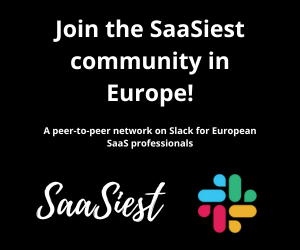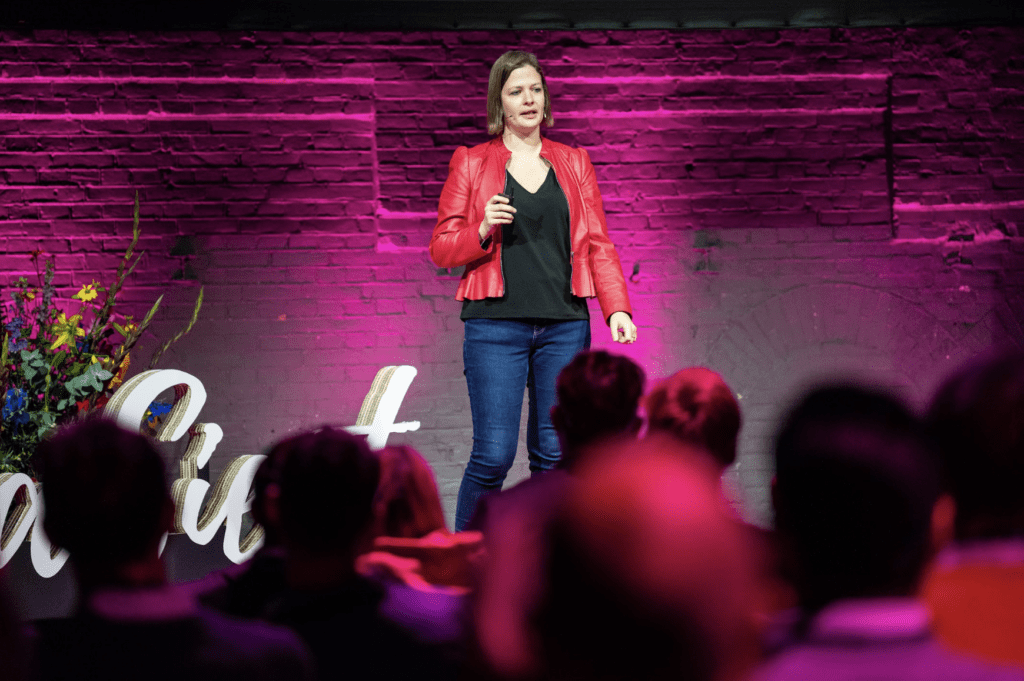
At SaaSiest Amsterdam, Emilie Dubau shared invaluable insights on transforming Customer Success from a perceived cost centre into one of the biggest revenue generators for a company. Having worked in a company where the entire customer success team was laid off because it was seen as a non-revenue driving department, Emilie knows firsthand how misguided this view can be. If you still see customer success as a cost centre, it’s time to rethink that approach.
There are three key ways customer success can drive revenue:
1. Retention – Happy customers stay.
2. Expansion – Satisfied clients buy more.
3. Advocacy – Loyal customers promote your brand.
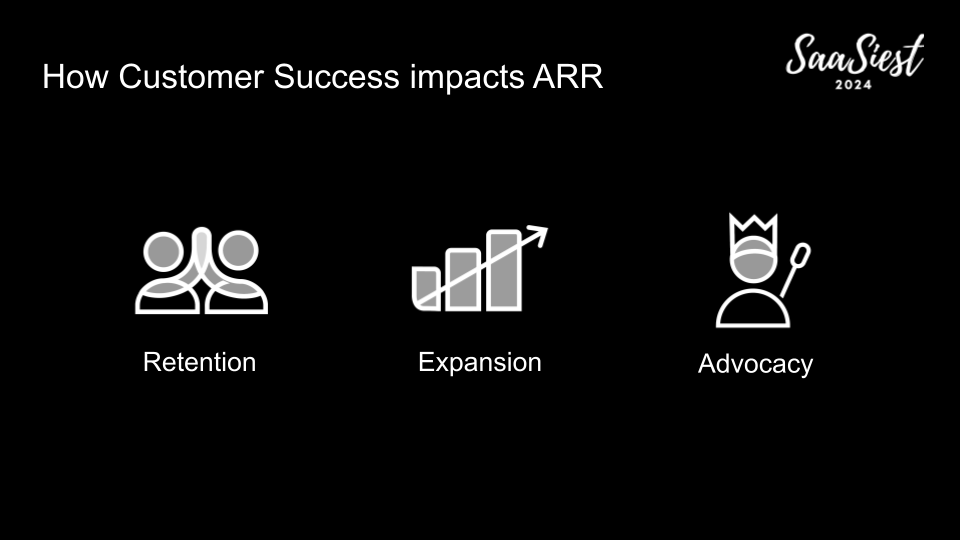
Let’s walk through five tactics to unlock these revenue opportunities through customer success:
1. Churn prevention: Make customer satisfaction a team effort
Customer churn is one of the most significant threats to any SaaS business, but it’s also one of the areas where customer success can have the most impact. Emilie emphasized the importance of actively discussing churn risks. A simple question – “How likely is this customer to renew?” – can trigger critical discussions that can prevent churn before it happens.
At Sana, Emilie and her team gathered vast amounts of data on their customers, proving that having a dedicated CSM reduces churn risk by 40%. If your customers are happy with their CSM, they’re far more likely to stay. But too many companies place the entire burden of churn prevention on Customer Success alone, neglecting the role that other teams can play.
Emilie suggests creating a cross-functional team that meets regularly to discuss customers at risk of churn. Involving other departments, such as sales, product, and support, ensures everyone is aligned and working towards keeping customers happy. This collaborative effort brings insights from different angles and ensures no customer issue goes unnoticed.
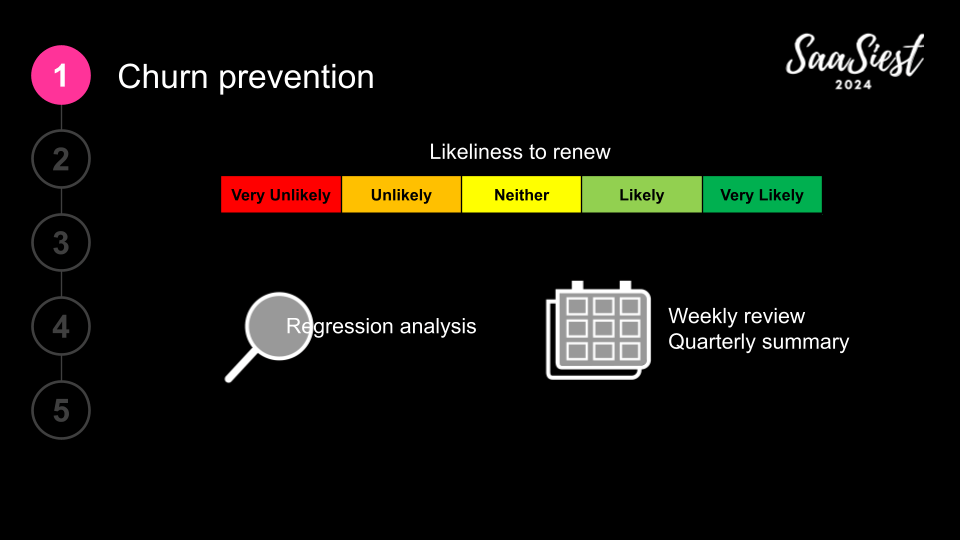
2. Value realization framework
Emilie pointed out that for most C-level executives, the ability to prove end-to-end value realization is a top priority. But how do you ensure customers are seeing the value of your solution?
At Sana, they developed the Sana Success Track, a framework that breaks down customer outcomes into smaller, measurable goals. This customized framework helps clients track their progress and link outcomes to specific KPIs, ensuring customers can clearly see the value they are receiving.
By doing this, CS teams can show tangible results that align with the customer’s business goals, creating a clear path to retention and expansion.
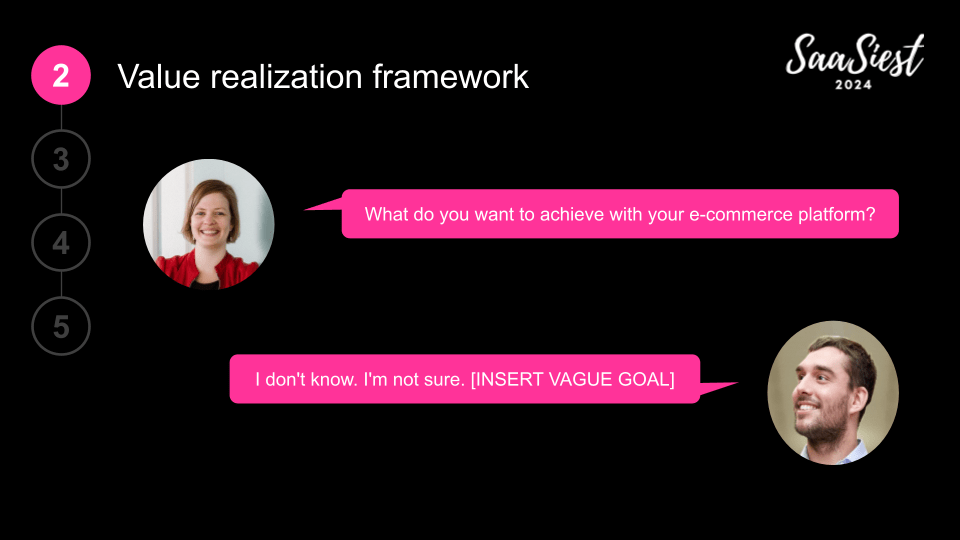
3. Commercial motion: CS teams can drive sales, too
Customer Success is not just about retaining clients; it’s also about expanding revenue. Emilie argues that your CS team is, in fact, a commercial team. At Sana, Customer Success Managers work with sales pipelines, targets, and opportunities—just like account executives.
As your product becomes more complex, splitting the roles of CSM and Account Executive can be highly beneficial. While the CSM focuses on managing the account and fostering relationships, Account Executives can assist with demos of new products and help close additional sales. Creating a dedicated sales funnel for your CSMs, with steps and guidelines on how to forecast opportunities, is key to driving additional revenue.
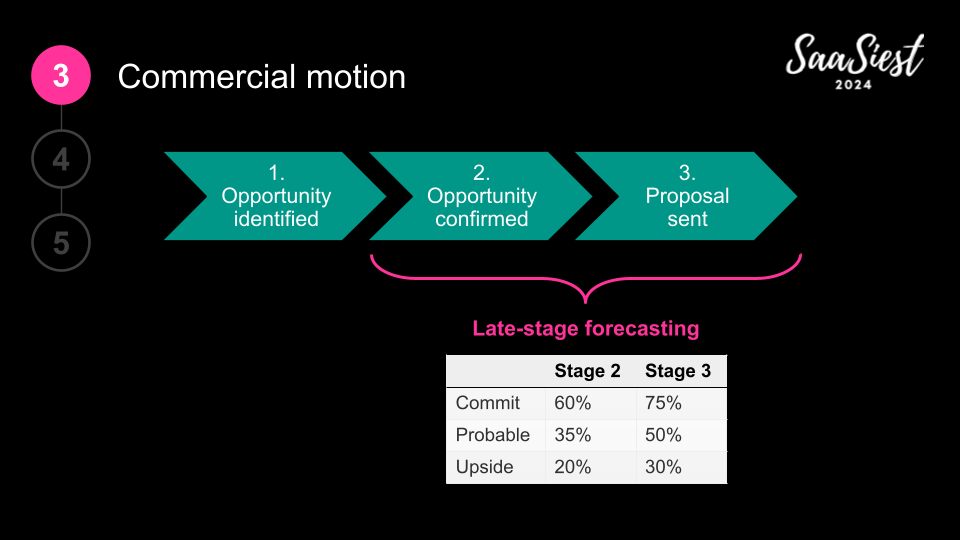
4. Customer and product marketing
Customer success cannot thrive without strong marketing support. Emilie stressed the importance of a well-rounded customer and product marketing team. Campaigns targeting existing customers, account-based marketing strategies, customer advisory boards, and online reviews are just a few examples of how marketing can drive success for Customer Success.
By collaborating with the marketing team, you can develop strategies that engage current customers, showcase your value, and drive advocacy. This alignment leads to more upsell opportunities and helps convert satisfied customers into brand ambassadors.
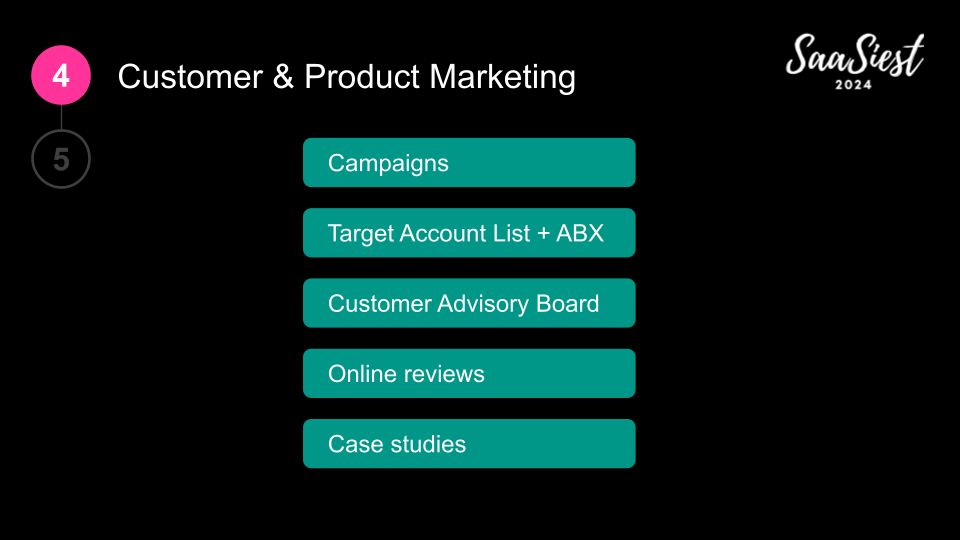
5. The right price, focus, and team
Finally, Emilie highlighted the importance of having the right pricing and packaging strategy. If your pricing model doesn’t allow for growth, it will limit your CS team’s ability to expand your customer base. Make sure your pricing is flexible enough to accommodate upsell opportunities.
Moreover, focus on your ICP. Look at your existing customer base and identify where the greatest potential for expansion lies. Having a team with commercial acumen is crucial here. Hiring people with a sales background or similar commercial experience can make all the difference in turning your CS department into a revenue generator.
Recap: customer success as a revenue engine
To wrap it up, Emilie’s approach to customer success is all about shifting the mindset from cost center to revenue driver. By focusing on churn prevention, value realization, commercial strategies, marketing alignment, and pricing, you can transform your customer success team into a vital part of your company’s growth strategy. It’s time to view customer success as not just a support function, but a key player in driving revenue and ensuring long-term success.



